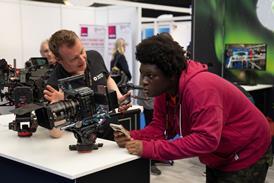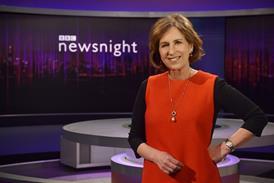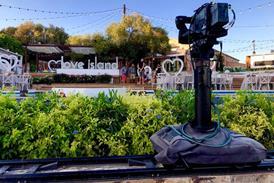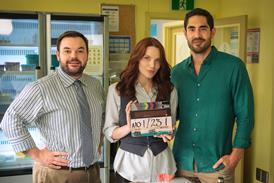Live event TV will be one of the key drivers for broadcasting in 2014, says Simon Ingram
Successful shows have viewer interaction at their heart, with social media integration and show specific apps that encompass voting, messaging and gameplay the main growth areas.
Crucially, they allow viewers to engage with and influence the editorial and narrative of the show.
A good example of social media integration being built into the fabric of a show is Let’s Ask America. Though pre-recorded, it uses Skype for contributions from viewers.
For the last 30 years, live voting has almost exclusively been done via telephony.
While I believe phones will continue to dominate the live-voting space, the beauty of social media is that it is platform agnostic.
This makes it easier for viewers to vote, while offering broadcasters a direct, personalised relationship with viewers, along with associated marketing and revenue opportunities.
For the producers of these shows, the impact is largely technological.
There’s a lot of talk about ‘live’ and ‘real-time’, but interaction can never truly be instantaneous as it takes time for data to arrive at a server and be collated, confirmed and played out.
This means that the back-end design of any playalong app or real-time advertising project must build delays into the editorial format to allow for this time lapse.
Another pivotal factor is that the technology must be scaleable and robust.
Most producers, understandably, don’t have the level of technological expertise in-house.
In these cases, it’s essential to work with a TV technology company that understands not only the nerdy end of the business but also the imperative of delivering on time and on budget.
Generic technology that promises the world but has been developed with little understanding of how TV gets produced is likely to fail.
And the cost of failure can be exorbitant, especially if you only discover your show’s technology is unfit for purpose when it’s on air.
What’s more, the 5%-15% of people who are likely to be interacting with the show tend to be super-fans and adept social media users, who could use that channel to slaughter you if you fail to deliver.
In this context, it’s worth mentioning that fairness and editorial integrity are paramount.
If viewers get a hint of cheating or unfairness, it can be brand suicide.
In the end, it’s about delivering viewers an emotional experience outside of the broadcast event.
Million Second Quiz allowed viewers to play against each other when the show was off air.
They then all came together again for the 8pm show, building a sense of anticipation and community.
The app that Monterosa built for the show got 30 million plays - you can’t argue with those kinds of numbers, and that’s why we’ll be seeing a lot more of it in future.
Simon Ingram is chief executive of TV technology company Ionoco




























No comments yet